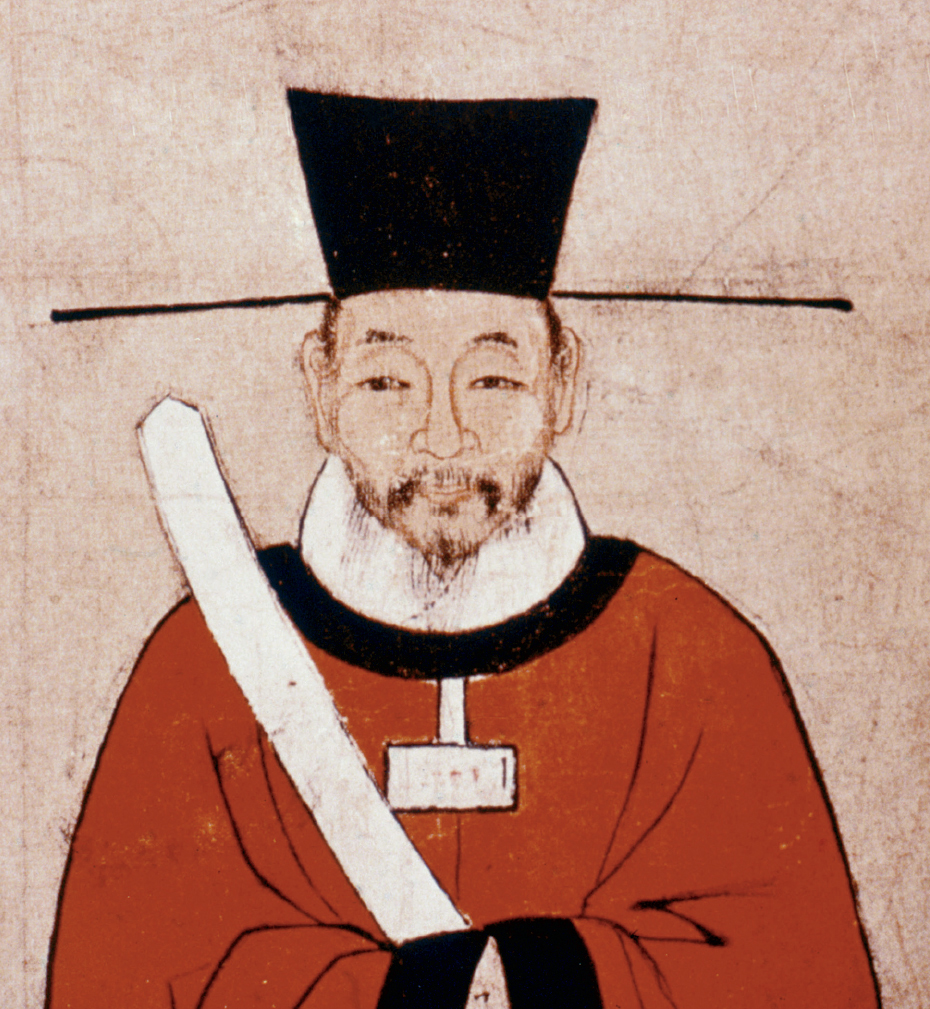Introduction for Chapter 13
13 States And Cultures in East Asia 800–
> Why did Chinese, Korean, and Japanese society and culture diverge after 800? Chapter 13 examines developments in East Asia between 800 and 1400. During this period East Asia was the most advanced region of the world. The Chinese economy was strong, and China’s methods of production were highly sophisticated. Philosophy and the arts all flourished. China’s system of government was also advanced for its time. These strengths were not, however, matched with corresponding military might, and in 1279 China was conquered by the Mongols. During the previous millennium, basic elements of Chinese culture had spread beyond China’s borders. Beginning around 800, however, the pendulum shifted toward cultural differentiation as Japan, Korea, and China developed in distinctive ways.

LearningCurve
After reading the chapter, use LearningCurve to retain what you’ve read.
| 794– |
1120s |
| Heian period in Japan | First government- |
| 804 | 1126 |
| Two Japanese Buddhist monks, Saichō and Kūkai, travel to China | Song loss of north China to the Jurchens; Song capital relocated to Hangzhou |
| 935– |
1130– |
| Koryŏ Dynasty in Korea | Zhu Xi, Neo- |
| 960– |
1185– |
| Song Dynasty in China; emergence of scholar- |
Kamakura Shogunate in Japan; Zen Buddhism flourishes |
| 995– |
1234– |
| Fujiwara Michinaga dominant at Heian court | Mongols’ Yuan Dynasty in China |
| ca. 1000– |
ca. 1275– |
| The Tale of Genji | Marco Polo travels in China |
| 1119 | |
| First reported use of compass |